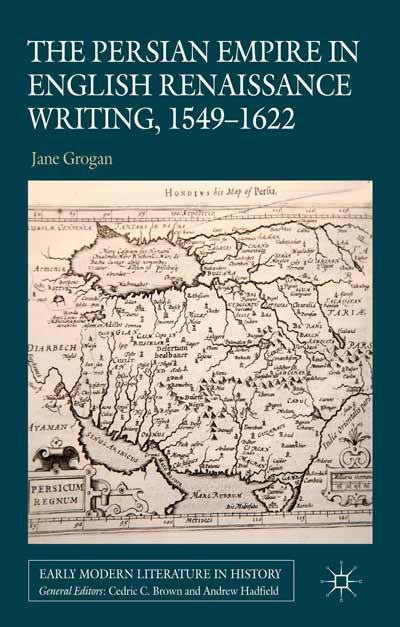From the political dissolution of the Abbasid Caliphate in the mid-ninth century to the beginning of the thirteenth century, the Persianate dynasties of Islamic Central Asia constituted the political and military stronghold of Sunni Islam. It was in this region, historically known as Khurasan and Transoxiana, that many of the important religious and cultural developments of Islamic civilisation took place.
The region first gave rise to the Abbasid Revolution, provided the troops for its success, and supplied the military slaves and auxiliaries that led to its political dissolution. From the second part of the ninth century and for the ensuing 400 years, the Sunni Persianate dynasties formed the mainstay of Islamic military might over the Islamic heartland, from India to Egypt.
The period was also characterised by the cultural dominance of the Persian-speaking court, bringing about the acceptance of classical Persian as the second primary Islamic language of high culture. It produced the writing of many of Islamic civilisation’s greatest works of poetry, philosophy, biography, history, belles-lettres and religion, in both Arabic and Persian. This volume explores the origins and nature of this cultural and political authority and sheds light on one of the most formative yet unexplored eras of Islamic history.
 Sims-Williams, Nicholas, Martin Schwartz & William J. Pittard (eds.). 2014. Biblical and other Christian Sogdian texts from the Turfan collection. (Berliner Turfantexte 32). Turnhout: Brepols.
Sims-Williams, Nicholas, Martin Schwartz & William J. Pittard (eds.). 2014. Biblical and other Christian Sogdian texts from the Turfan collection. (Berliner Turfantexte 32). Turnhout: Brepols. Peacock, Andrew C. S. & D. G. Tor (eds.). 2015.
Peacock, Andrew C. S. & D. G. Tor (eds.). 2015. 
 Grogan, Jane. 2014.
Grogan, Jane. 2014.  Kinra, Rajeev. 2015.
Kinra, Rajeev. 2015. 
 Krasnowolska, Anna & Renata Rusek-Kowalska (eds.). 2015.
Krasnowolska, Anna & Renata Rusek-Kowalska (eds.). 2015. 
 Gharipour, Mohammad (ed.). 2015.
Gharipour, Mohammad (ed.). 2015. 